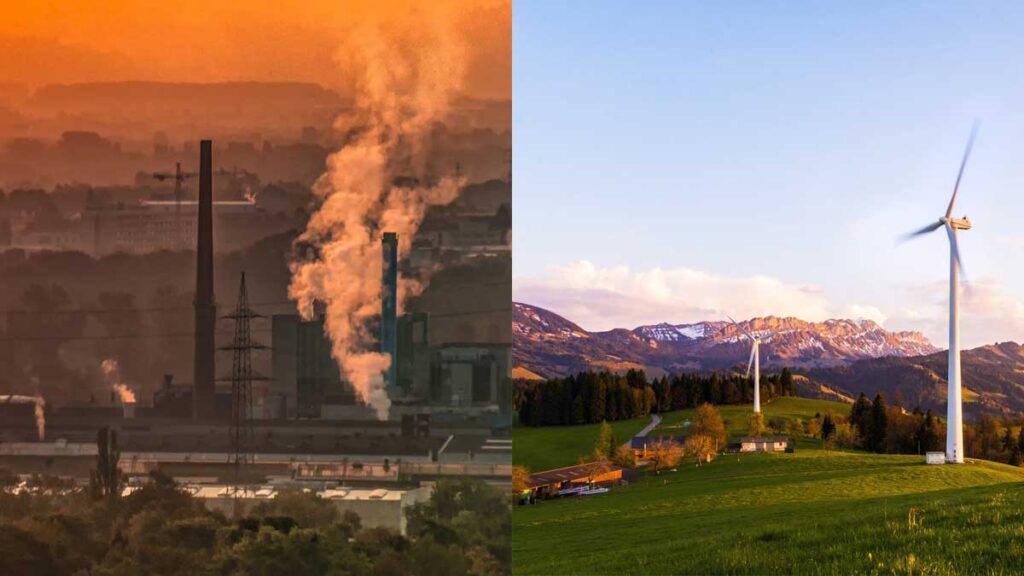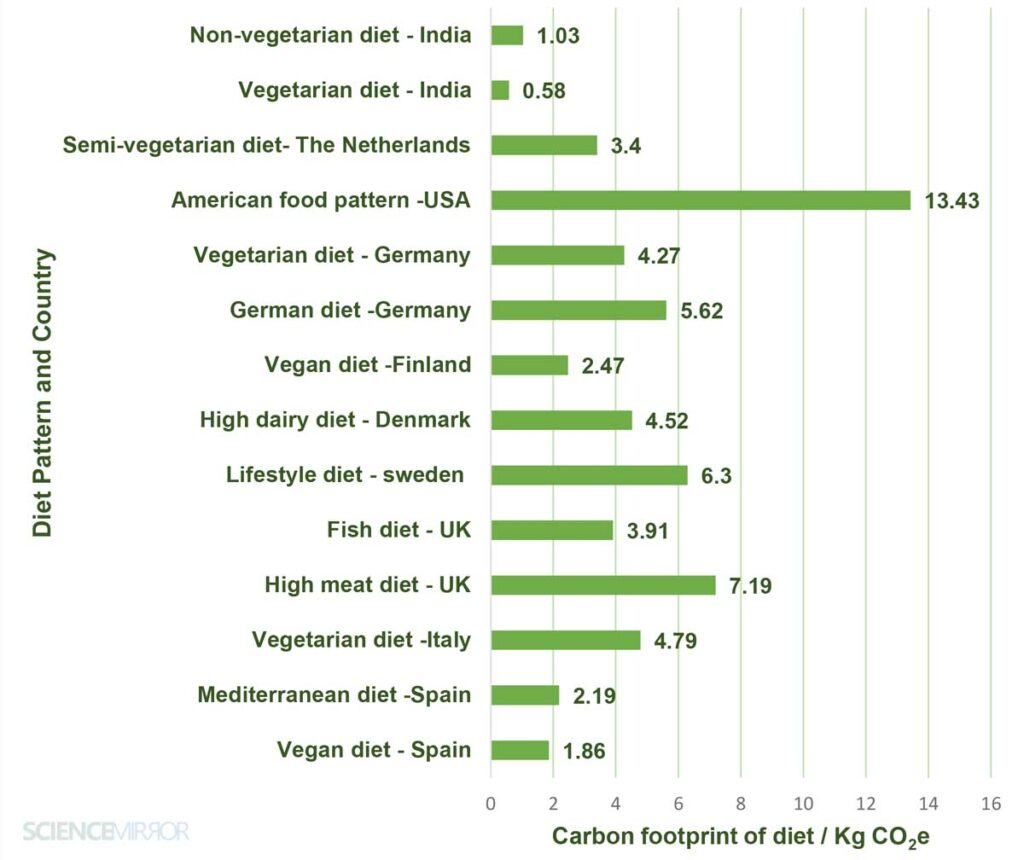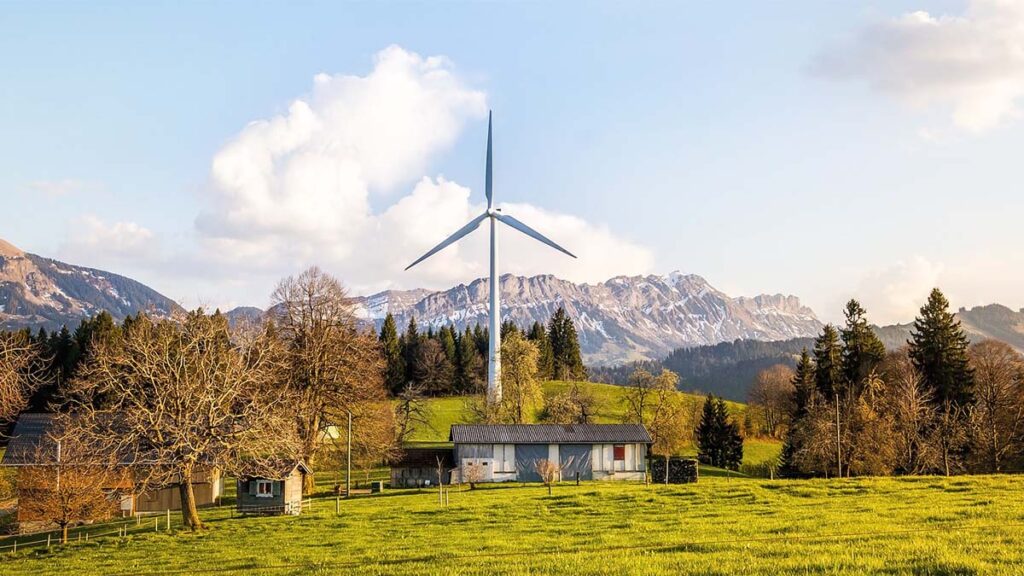As nature lovers, we all wish to have an environment without any crisis. In this century the path is to such a peaceful environment is reduce carbon footprint.
Think about major environmental problems,
All those problems directly or indirectly linked with climate change. The main cause is clear. Our carbon emission rate can’t handle by nature and balance the cycle. Therefore, The best path to a peaceful and green environment is reducing carbon emission. We can do it as an individual, organization and finally at the global level.
The way to reduce carbon footprint is adapting the 3R concept into carbon management. Then the 3R concept for carbon management is,
- Reduce: reduce carbon emission
- Reuse: reuse resources
- Recycle: recycle resources with a high carbon footprint.
3R concept uses for waste management aiming reduction of resources and energy. However, Reduction of resources and energy wastage indirectly reduce your greenhouse gas emissions.
First, You can start with simple green life hacks.
Or
Eco conscious businesses and organizations can change their policies with scientifically proven methods. In this article, you can learn about those green life hacks and carbon management methods.
Carbon management methods do not involve rocket science. It will make the processes simpler and profitable. The best profit is increasing your green image in the society. So, Let’s start with the following topics.
- What is the carbon footprint?
- Importance of reducing carbon emission
- How to calculate your carbon footprint?
- How to reduce carbon footprint as an individual?
- How to reduce carbon footprint as a company or an institution?

What is the carbon footprint?
It is important to know the origin and basics of this concept. Because, It will help in practical applications.
This terminology has several synonyms. If you are familiar with environmental literature you may have found these terms, carbon content, embedded carbon, carbon flows, GHG footprint, climate footprint, embodied carbon, and virtual carbon. But, All these terms used to express similar meaning.
Before this concept, in 1996 “Ecological Footprint” concept came into the field with a published book. This footprint express in land area. That means the total land area required to fulfill the requirements of a human population.
Firstly, The ecological footprint concept made the path. According to it, the Carbon footprint concept initially defined as
“The total land area required to absorb the total carbon dioxide amount that emitted in a person’s entire life period”.
The arise of climate change debate make the path for new definitions between 2006 and 2008. one of those definitions is,
“The carbon footprint is a measure of the exclusive total amount of carbon dioxide emissions that are directly and indirectly caused by an activity or is accumulated over the life of stages of a product.”
Thomas and Jan in Ecological Economics Research Trends (2007)
Carbon dioxide is not only one of the greenhouse gases that causes climate change. Therefore, The footprint calculations must consider other greenhouse gases also.
Think about your gasoline vehicle, it directly combusts oil and emits greenhouse gases. Then your laptop consumes energy generated from a thermal power plant. It is an indirect source of greenhouse gas.
We should cover all these direct and indirect emissions with this concept. For this CO2-equivalent (CO2e) use as a unit for calculations. CO2-equivalent helped to stop the differences with calculations
According to world resource institute, Global Foot Print Network, and other organizations, the widely accepted definition for a carbon footprint is,
“The quantity of Greenhouse gases expressed in terms of CO2 equivalent (CO2e), emitted into the atmosphere by an individual, organization, process, product, or event from within a specified boundary”
Here the greenhouse gases can separate as primary and secondary greenhouse gases. The primary greenhouse gases are Carbon Dioxide (CO2), Methane (CH4), Water vapours (H20), Ozone (O3) and Nitrous Oxide (N20).
Then, Sulphur hexafluoride (SF6), Hydrofluorocarbons (HFC) and perfluorocarbons(PFC) are the secondary greenhouse gases.
Importance of reducing carbon emission
Reducing your carbon footprint is important not only for you but also for this blue planet. This importance can describe with four benefits.
Resolves Climate Change challenges
Sea level rise, wildfires, extreme weather events are the few disasters as the results of our high carbon budget. These disasters will reduce with the lowering emissions. Lower emissions help to maintain a balanced carbon cycle. Then, Balanced carbon cycle will make global temperature back into the normal anomaly.
Economic Growth
Managing your personal or company carbon profile helps to minimize wastes. Also, it will maximize the output results.
Natural disasters are one of the major economic concern as a country. Because, It destroys infrastructures as well as valuable lives. Less natural disasters will eventually speed up economic growth at any level.
Good Health
Breathing clean and fresh air is essential to have good health. You can feel the difference between fresh air and polluted air when you entered into a natural forest after spending in a crowded city.
It is proven that polluted air directly links with heart attacks and diabetics. Good health is the greatest wealth you can have in your life. Therefore, minimize your emissions and keep your surroundings as a less polluted
Biodiversity Protection
Reducing the carbon footprint is also beneficial for plants and animals. Most plants and animals are sensitive for air quality as well as to temperature. They can’t tolerate the irregular carbon cycle and the different temperature anomalies.
Good air quality and constant temperature variations in the environment protects the biodiversity richness.
How to calculate your carbon footprint?

Quantification is essential to measure your footprint reduction. So, Let’s Look about the calculation
You can calculate your carbon footprint or household footprint by summing up your all greenhouse gas emissions and removals. For express in CO2 equivalents, multiply each gas emission with emission factor or known as the Global warming potential.
This is a simple calculation. But you have to consider each life activities separately. For a quick calculation, you can use the following online tools.
This calculator estimates your Carbon dioxide and methane emission and calculates in tons. This is a useful tool for those who are living in the united states.
This is also suitable for united nations citizens. This tool uses the CO2 equivalents unit.
This is a good calculator for anyone. It includes all emissions into calculations and gives you results in CO2 equivalents unit
This is another good tool. It uses questioner to estimate your footprint.
Business owners must do a life cycle assessment for calculating carbon emission because It is not simple as the individual’s Greenhouse gas emission sources.
How to reduce carbon footprint as an individual?
To reduce your carbon footprint as an individual, You have to consider your basic needs one by one. Because, Basic needs can full fill with green life hacks to reduce your greenhouse gas emissions.
You can discover those life hacks with following topics.
- Add greens into your Foods.
- Go for renewable Energy sources and save energy
- Wear green-labelled clothes.
- Live in an eco-friendly home
- Digitize your life with an eco-friendly way.
Add greens into your Foods.
It is hard to deviate from our usual food habits. That is why the foods are important in carbon estimation.
Foods follow a long process before come into your plate. As an example consider a vegetable salad.
First, framers grow vegetables. The farming stage includes ground preparation, watering, fertilizing, pest management and harvesting. After the harvesting stage farmers prepare the vegetables and packing vegetables for sell. Then, Whole sellers buy those vegetables and transport for the market.
Finally, the consumer buys those vegetables from the market and prepare the vegetable salad. In the preparation stage consumer use water and energy for cooking.
For each step, It emits or remove carbon. Therefore, we have to consider a story behind the sense of each food that we consume.
Diet pattern of each county has different carbon emission. You can refer following bar chart for comparing different food patterns

You can follow the following measures to lower the carbon footprint of your foods.
- Always choose local foods.
This practice reduces the transport distance of your foods. Law transport distance means low emission. So, give priority to local foods of your living area.
- Increase vegetable portion while decreasing portion of meats
According to studies, Meat consume more carbon to prepare as food than the vegetables. So try to be a vegan.
- Plan before shopping
Estimate your required dry food amount before going to a supermarket. Most dry food has an expiry date and you can’t store longer time those type of foods. Finally, you have to discard excess dry foods without any advantage.
Therefore, plan your dry food shopping and reduce dry food wastage.
- Preserve or recycle excess foods.
Some type of foods can preserve for longer usage. As an example, we can make chutneys for preserve and longer usage.
Foods are biodegradable. Put your excess foods into a compost bin but not into a waste bin. A compost bin will feed your home garden and save some carbon.
- Grow your foods in the home garden
Try to make a home garden. In a small scale, you can grow vegetable and fruits without additional fertilizers and pesticides. A home garden will save some carbon as well as your money.
- Feed pets with leftover foods.
Do you plan to go for dinner this weekend? Don’t forget to bring an additional bag with you and collect your leftover foods for your dogs. Otherwise, those leftovers will end in a waste bin.
Go for renewable Energy sources and save energy

Your direct carbon emission mainly comes from energy usage. You require energy to sustain your day-to-day activities from early morning tea to the night bet time.
Therefore, let’s see some sustainable energy practices to lower your carbon footprint.
- Obtain electricity from a renewable energy source.
What is your local electricity supplier’s energy source? Is it Hydropower, Wind power or solar power? Then you do not need to bother about your electrical energy source.
If the electricity source is a thermal power plant, you have to think about your electrical power supply. Because thermal power plants are the biggest carbon emitter on this planet.
In such a situation, Have solar panels for your home. It will be a long term investment for your home.
- Use public transport
Always try to use public transport. By using public transport, you can save a significant amount of your fuel bill. This will be more economical as well as a clear reduction in your footprint.
- Have a greener vehicle.
Are you dreaming to have a new vehicle? Then, think about an electric car or a hybrid vehicle. It is best if you can have solar power to charge your electric vehicle. But, remember that, there is no advantage charging a such a vehicle using an electricity source generating from a thermal power plant.
- Service your vehicle and enhance the performance.
Try to keep the service profile of your vehicle up to date. Tune-up the vehicle to have the maximum performance. It will save your gasoline bill also.
Wear green-labelled clothes.
The cloth manufacturing process has a high water footprint as well as emit a high amount of greenhouse gases. With fashion trends, we usually buy new clothes frequently. Therefore, this adds high carbon equivalents to our account.
- Select a green-certified brand
Most of us concern about the brand when we selecting clothes. Check whether your favorite brand comes from at least an ISO-14001 certified company. Because, those companies think about the environment and try to reduce carbon emission during their manufacturing process.
- Consider about durability
Normally we reuse shoes and bags for several times. Therefore. Durability is important to use longer.
- Try to donate
If you are going to discard your old clothes, shoes and bags and they are in good condition, try to find a poor one and donate. It will full fill another one’s requirement without emitting extra carbons.
Live in an eco-friendly home
Where are you spend most of your time in life? The answer will be your home. This is the reason why we should give priority to our home. There are several green practices you can try in your home.
- Try to get the maximum benefit from sunlight.
If you are live near to the equator, you mostly can have sunlight nearly 12 hours every day. Plan the windows and doors in your home to have natural light inside your home. It will save your carbon emission to have light.
- Replace old electric equipment with energy-saving equipment.
There is certified electric equipment in the market to save energy. As an example, Modern LED bulb saves more energy than the CFL bulbs. Try to find some those kind of replacements.
- Cool your home naturally.
Instead of air conditioning machines, you can place some air cooling plants inside your home. Nowadays home plants are popular. Succulents are the most popular among home plants
- Practice energy-saving habits.
We can save energy starting from unnecessary bulbs. Switch off those bulbs. Try to wash clothes in one time for a week. Also, iron your all clothes for a week. Like this, you can practice energy-saving habits creatively.
- Recycle wastes.
Recycling helps to reduce your home carbon footprint from a significant amount. Recycle biodegradable wastes by composting. Collect other wastes like metals, glass separately and hand over to recycling services. Or you can make money even from shredded papers if you have creative ideas.
Digitize your life with an eco-friendly way.
You cannot avoid using the internet and other digital services. Because, we live in a digital era. Do you know? IT section responsible for 2-4% of the global greenhouse gas emissions.
- Use technology according to your requirements.
Slow internet connections waste your time. Also, it consumes more energy and resources. So. Always choose the right connection according to your requirements.
Also do not go for a faster connection than your requirements. Because some fastest connections have a higher footprint. For example, fibre connections have high carbon emission than ADSL Connections.
How to reduce carbon footprint as a company or an institution?

Are you an entrepreneur? Or governing an institution? Then similarly you can apply the 3R concept basically and reduce carbon profile in your company. For achieving this target you have to get the help of other coworkers and organize.
This is not an easy task. So, you can try to follow the following steps to achieving this green target.
Apply good practices in your company.
Good practices like cleaner production reduce the wastes and save some carbons. Therefore, start these kinds of green practices as a culture in your company. It will aloes increase your profit by recycling and reusing the resources.
Try to obtain certificates or green labels/eco-labels
No matter if you are running a small business. Try to have green certificates or eco labels like ISO14001:2015, ISO 14067:2018, carbon trust. This will improve the standard and trustworthy of your business. Also, It will automatically guide you to reduce greenhouse gases footprint of your institution.
The bonus is you can attract eco-friendly people as your new customers.
Impose environmental management rules
If you are a leader, imposing environmental management rules is the easiest task.
Think about, energy and other resources of your company. And make rules to reduce, reuse and recycle those recourses.
We normally use rules to control peoples individually. As we discussed above each one can follow green practices as an individual.
Increase awareness
Awareness is the key to the successful environmental management system. Make workshops or seminars to increase the knowledge of your staff. They will individually help to achieve your target.
Reducing the carbon footprint is the highest achievement you can have as a nature lover. Most importantly, It will give you a profit as well as save the future of your generations.
Start your first step and follow the 3R concept for carbon management. Don’t forget to quantify and track your progress, it will motivate you with a target. So, reduce reuse and recycle and save the world.


